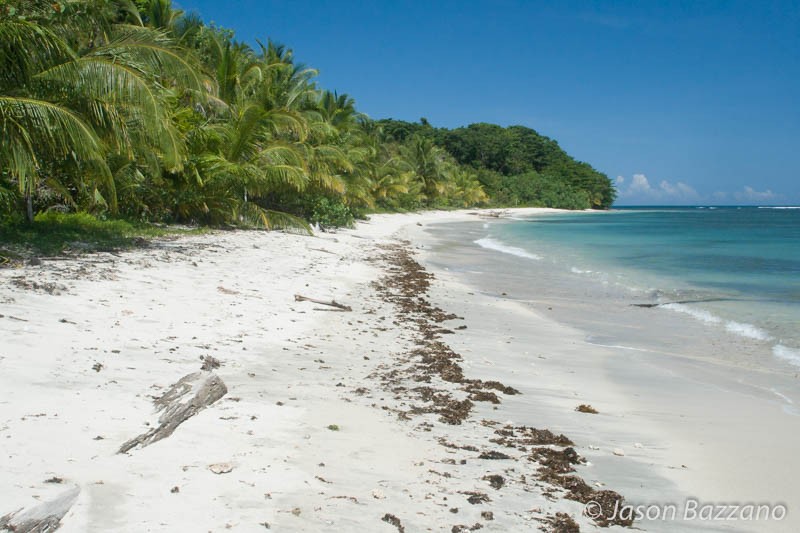Biologists will likely never agree on a definitive answer to the question, “What is a species?” For billions of years life has traveled a winding path as it evolved into the diversity we see today, and labeling a group of organisms as completely distinct from another group of organisms is often far from straightforward.
So why bother even trying to classify all this diversity? Why not just abandon the Sisyphean task of labeling each and every significant taxonomic unit? The most important reason has little to do with science per se, and resides more in the political sphere.
Because every single population of critters on the planet is genetically distinct, the bewildering array of diversity on the planet is more complex that a politician’s income taxes. While recognizing this diversity and naming these taxonomic units is among the first steps in understanding them, their possession of a specific taxonomic epithet has particular significance. Recognition of a group of organisms as “substantially different” from all other organisms (be it a full species, or sometimes even a subordinate taxonomic unit) may make it eligible for legal protection. And the decision to place a population of organisms into its own taxonomic grouping can mean sanctuary or extinction for the populations in question.
Here’s an example. Say we have ten different species of monkeys in the US. All of them are rare, and each species depends on a different, very specific, and equally scarce habitat. In the US, endangered species are occasionally protected by the Endangered Species Act (ESA). Let’s say that these ten species of monkeys are fortunate enough to get listed by the ESA.
Then a scientist comes along and says, “You know, I don’t think these ten species are THAT different. I say that these ten species of monkeys are actually all the SAME species.”
Now, instead of ten ENDANGERED species, we have one reasonably COMMON species. Poof goes the ESA protection, and now everyone is now allowed to hunt them, build strip malls in their critical habitat, etc. After all, it’s a common species – there are plenty of them in ten different locations in the country.
Several populations might be completely eradicated before the (now single) species is rare enough for ESA protection once again. Whether they’re called one species or ten, at this point it’s likely that considerable genetic diversity has been lost. If some chance event reduced the remaining monkeys’ fitness (say climate change makes their habitat too dry for them) it’s more likely that the remaining individuals would lack the necessary diversity to rebound from such a change… meaning that we would be much more likely to be completely monkeyless in the near future.
Are you starting to get the idea?
At this point, you may be thinking (especially if you’re not fond of monkeys), “Who cares. If a species can’t handle a little strip mall, it’s not worth having around anyway.”
Well, at this point we’re going to have to step out of the world of science for just a moment, and discuss values. Scientifically speaking, would it matter if every single living organism (including ourselves) were eradicated from the universe?
Nope – that’s a subjective call outside of the realm of science. From and intellectual and moral perspective, would a world devoid of all living organisms be dismal, sad, and BORING?
Yup.
As the most powerful single group of organisms on the planet, with a knack for effortlessly wreaking devastation and a track record for throwing millions of years of complex ecological interactions into utter disarray, it is our moral responsibility to NOT DO THAT.
And if you really need an anthropocentric spin beyond intellectual satisfaction and moral obligation: sure, we could keep doing what we’re doing, and SOME life would certainly persist. There’d be rats and roaches and crows and MRSA and a handful of other particularly hardy critters (heck, maybe even humans). However, every reduction in the diversity of a given ecosystem diminishes its robustness and the likelihood that is will gracefully bounce back from an unforeseen change. The simpler an ecosystem gets, the more fragile it becomes. And ecological unraveling can have catastrophic consequences that put us at risk for following suit.
To summarize: more diversity is better. With the extremely complex interactions that characterize most of the world’s ecosystems, it’s impossible to know what the “minimum necessary diversity” is for an ecosystem to function adequately to meet our needs, and to carelessly reduce this diversity is to foolishly push our luck.
Think of it like this. You’re a castaway, marooned on a deserted tropical island. Luckily, you’re well-stocked with a tremendous pile of supplies. One day, you get the bright idea of throwing out everything you don’t think you’ll need. “TWO first aid kits? Why would I ever need two?” “Gross, this is my least favorite flavor of ramen.” “I can’t see myself ever needing this much rope.”
Maybe you’ll be fine. But if not, you only have yourself to blame.
Regardless of whether your concerns are of the long-term persistence of our own species, or simply a lack of exceptional places to go hiking with your kids, it’s important to note that – while it’s disturbingly easy to REDUCE diversity – substantially INCREASING diversity takes a long, long, LONG time. In my next post I’ll talk about where new species come from, and how we ended up with the remarkable diversity of life on this planet.

